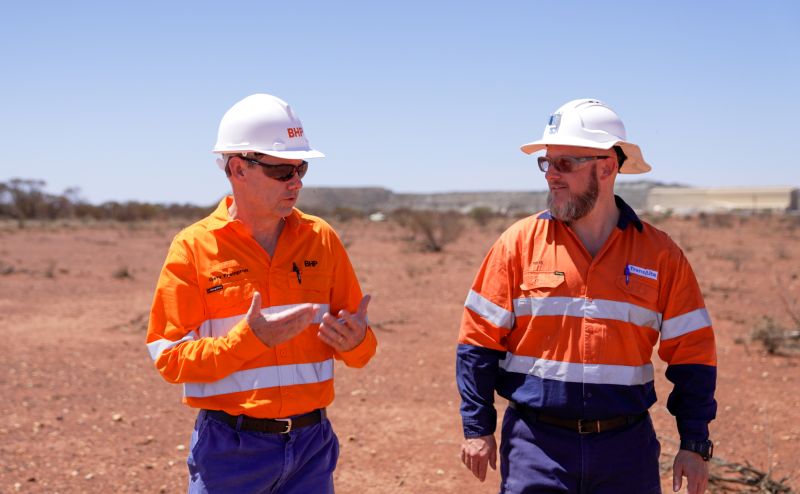As highlighted in an article from the ABC last week, a number of nickel mines in Australia have shut down and more will likely follow. The reason is the price of nickel has dropped 40% in the last 12 months as a result of increased and low-cost supply from Indonesia.
This supply from Indonesia is using laterite nickel which is more difficult to smelt than the nickel sulphides ores pre-dominantly used in Australia. How is this possible? The media has mentioned use of Chinese technology. What is this new technology?
As far as I can tell this technology is based on a High Pressure Acid Leach (HPAL) process used to extract nickel and cobalt from laterite ore bodies. The HPAL process utilises elevated temperatures and sulfuric acid to separate nickel and cobalt from the laterite ore.
The HPAL process is not new and was first used in the 1960s in Cuba. According to market intelligence firm Wood Mckenzie it is estimated that for every tonne of nickel produced via HPAL around 1.4-1.6 tonnes of acidic waste is also produced. This waste is currently being stored on land in tailings dams.
Many of the Indonesian mines and smelters and are located in the “coral triangle”, which is named after a staggering number of corals. Imagine if someone proposed an HPAL smelter on the iconic Ningaloo reef in WA?
The majority of lithium-ion batteries utilise a nickel cathode. There is, in fact, more nickel than lithium in a lithium-ion battery. Unfortunately, EV manufacturers are not currently prepared to pay a premium for more environmentally friendly nickel produced in Australia.
Placing nickel on the critical minerals list, allowing nickel miners to apply to access a $4 billion fund, is a good step in the short term. For the time being we need environmentally friendly sources of nickel to support our transition to net zero emissions.
In the long term, it is likely that Lithium-iron Phosphate (LFP) batteries will prevail over lithium-ion batteries. LFP batteries are lower cost, safer and have a longer life. LFP batteries have a cathode of iron phosphate and an anode of graphite.
There is no nickel or cobalt in an LFP battery. Tesla CEO Elon Musk has championed the LFP battery technology saying, “the vast majority of the heavy lifting for electrification will be iron-based cells.”
The views and opinions expressed in this article are the author’s own, and do not necessarily reflect those held by pv magazine.
This content is protected by copyright and may not be reused. If you want to cooperate with us and would like to reuse some of our content, please contact: editors@pv-magazine.com.








By submitting this form you agree to pv magazine using your data for the purposes of publishing your comment.
Your personal data will only be disclosed or otherwise transmitted to third parties for the purposes of spam filtering or if this is necessary for technical maintenance of the website. Any other transfer to third parties will not take place unless this is justified on the basis of applicable data protection regulations or if pv magazine is legally obliged to do so.
You may revoke this consent at any time with effect for the future, in which case your personal data will be deleted immediately. Otherwise, your data will be deleted if pv magazine has processed your request or the purpose of data storage is fulfilled.
Further information on data privacy can be found in our Data Protection Policy.